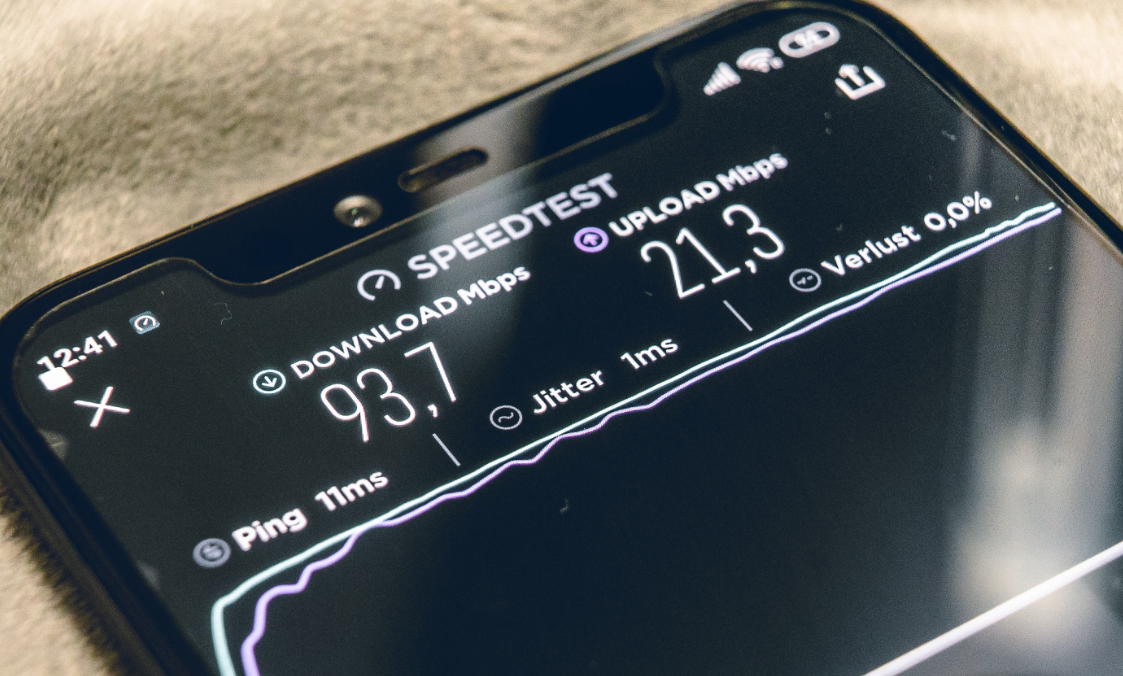
If you are planning on using an external antenna for your LTE broadband connection then MiMo Technology might be something to consider looking into first.
There are many factors that could affect your LTE broadband when using an external antenna, and MiMo is one of them.
If you’re already using an external antenna for LTE broadband and are experiencing lower download speeds than you thought, then read on. It might be just a case of poor reception, but there could be other factors too.
What is MiMo Technology?
MiMo means multiple in/ multiple out.
LTE is a multi-stream radio service so uses MiMo technology. Another example of MiMo Technology is 11n Wi-Fi.
One of the improvements in performance that you get from LTE is that it uses multiple data streams to and from the end client. The more streams of data that the client can take, the faster the broadband, just like 11n Wi-Fi.
The terminology used for MiMo as in 11n Wi-Fi is TxR, where T expresses the number of streams being transmitted, and R is the number of streams that can be received over the connection.
So, for example, if something supports 2×2 streams, then it can support twice the upload and download speed of a 1×1 device.
LTE offers devices from 1×1 up to 8×8, with mixtures in between.
For each radio stream, a client device needs to have an antenna. So for a 1×1 device, you would just need one antenna. To support a 2×2 service, you would need two antenna, etc.
This means that the number of streams a single connection can support depends on the capabilities of the service providers masts and the radio capabilities of the client device.
Just 5 years ago, you would have just seen LTE dongles and routers being supplied as 1×1 devices. Now however, tech has moved on (as always) and almost all dongles, phones and routers now support dual stream capabilities.
So if you are planning on using an external antenna for your LTE broadband connection then make sure that the number of antenna you have supports the TxR for your device(s), and also that the mast can support the number of antenna that you need.
